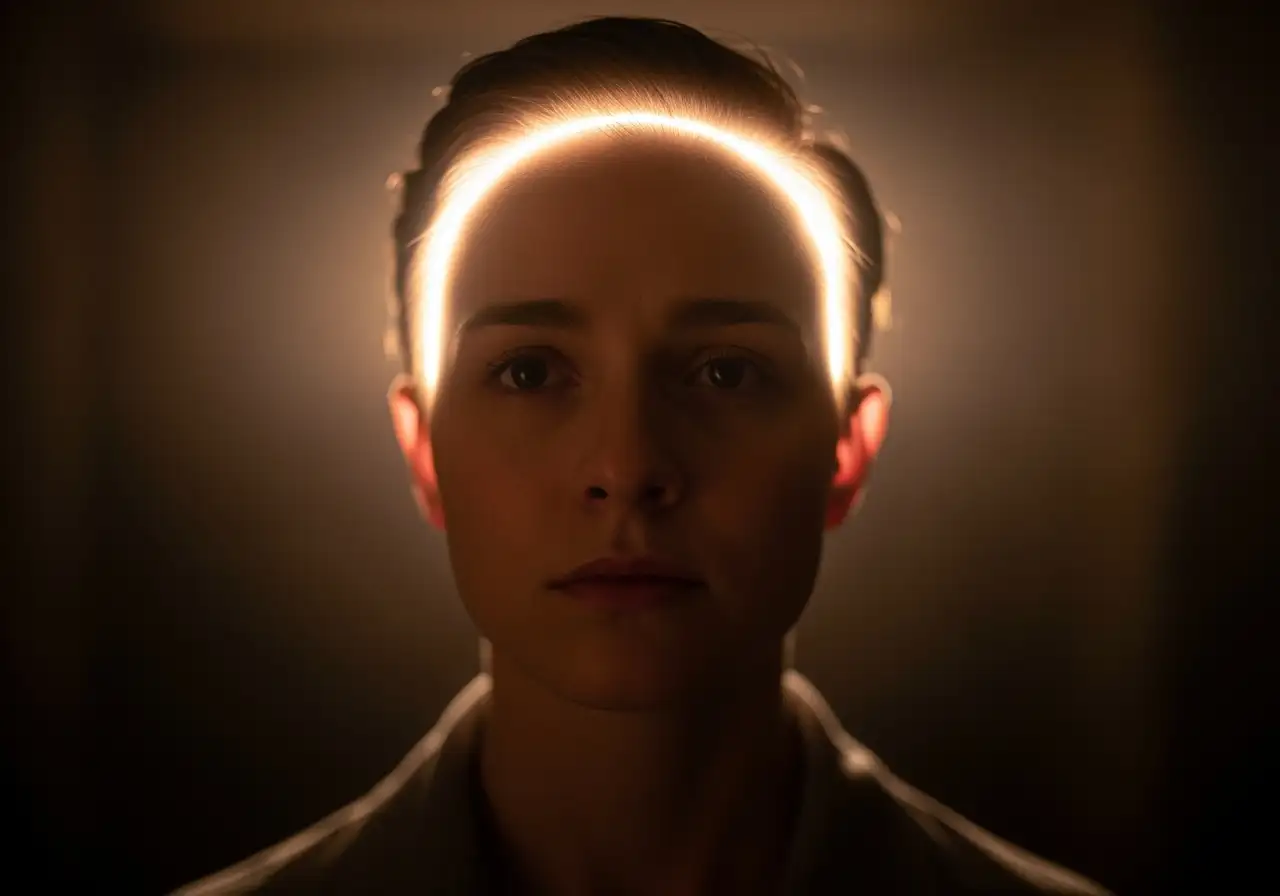The Architect of Your Inner World
The Architect of Your Inner World
Have you ever noticed how a simple shift in your focus can dramatically alter your experience? Perhaps you are in a crowded room, feeling overwhelmed, but then you focus on a single conversation, and suddenly the background noise fades. Or you are anxious about a presentation, but by bringing your attention to your breath, a sense of calm emerges. This is not just a trick of the mind; it is a demonstration of a profound principle at play within your very being, a concept central to the Quantum Mindfulness framework.
Traditional approaches to mindfulness often teach us to observe our thoughts and feelings without judgment, fostering a state of witness consciousness and passive mastery. While undeniably valuable for cultivating equanimity and reducing reactivity, the Quantum Mindfulness framework posits a more dynamic and agentic relationship with our inner landscape. It suggests that your focused attention is not merely a passive observer; it is, in fact, an active, constitutive force that profoundly shapes your lived experience. This perspective aligns with an active constitutive force view of perception, where consciousness actively participates in the creation of reality, rather than merely receiving it.
Consider the simple act of intensely focusing on a specific sensation, like the feeling of your breath. As your conscious attention settles, that sensation becomes incredibly clear and distinct. Other sensations, thoughts, and distractions recede into the background. This simple act reveals a fundamental truth about your mind: your focused attention brings things into being, making them real and clear for you. This is the essence of psychodynamic wave collapse, where a probabilistic field of potential mental states resolves into a singular, definite, and actualized experience.
This idea draws a powerful analogy from quantum physics, where subatomic particles exist in a state of possibility until they are observed, at which point the act of observation itself causes them to take on a definitive state. While the Quantum Mindfulness framework does not suggest your thoughts can literally change external physical objects in the same way, it applies a similar principle to your internal landscape. Your mind, much like a quantum field, is a realm of infinite possibilities—a cognitive superposition, a cloud of possibilities composed of mental quanta. Fear, confidence, anger, calm, doubt, clarity—they all exist as potential mental states within this field.
The profound question then becomes: which possibility will you solidify into your lived reality?
The Quantum Mindfulness framework suggests that by consciously directing your attention, you can actively choose which of these internal possibilities becomes your dominant experience. This is not merely about noticing your inner storms; it is about engaging in intentional collapse, actively steering your psychodynamic wave function. This proactive engagement is powered by your psycho-volitional dimension (Pd1), which embodies pure potentiality and is the very source of your will and cognitive agency. This dimension possesses an annihilative property, allowing it to dissolve perceived limitations and mental blocks, paving the way for new realities to emerge.
Through practices rooted in superpositional cognitive engineering, you learn to leverage this inherent capacity. Instead of being swept away by unconscious reactive collapse, where ingrained patterns or external influences automatically solidify your mental state, you become the quantum observer, initiating psychodynamic collapse through conscious attention. This active participation allows for a strategic cognitive trajectory manipulation, transforming what might otherwise be chaotic ‘what ifs’ into chosen realities.
Take Sarah, a graphic designer plagued by pre-presentation anxiety. In a traditional mindfulness approach, she might observe her anxiety without judgment. However, through Quantum Mindfulness, she learned that her anxiety was an emergent property arising from a destructive interference pattern between various psychodynamic dimensions, perhaps a hyperactive psycho-protective dimension (Pd5) causing an overreaction to perceived threats, or a fragmented psycho-motivational dimension (Pd7) struggling to sustain focus. Her mind existed in a state of cognitive superposition, where both anxiety and confidence were possibilities.
By consciously engaging her psycho-volitional dimension, she initiated an active reframing process. She intentionally shifted her attention, not just away from the anxiety, but towards a desired mental state of confidence and enthusiasm. This act of intentional collapse, guided by her will and supported by her psycho-meditative dimension (Pd3) for structured understanding, allowed her to cultivate a new actualized experience. The overwhelming anxiety began to recede, replaced by a sense of calm and capability






